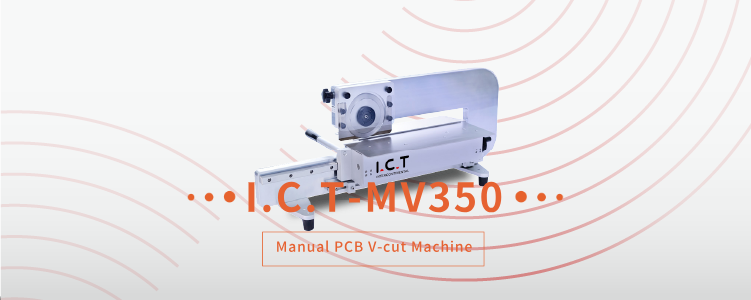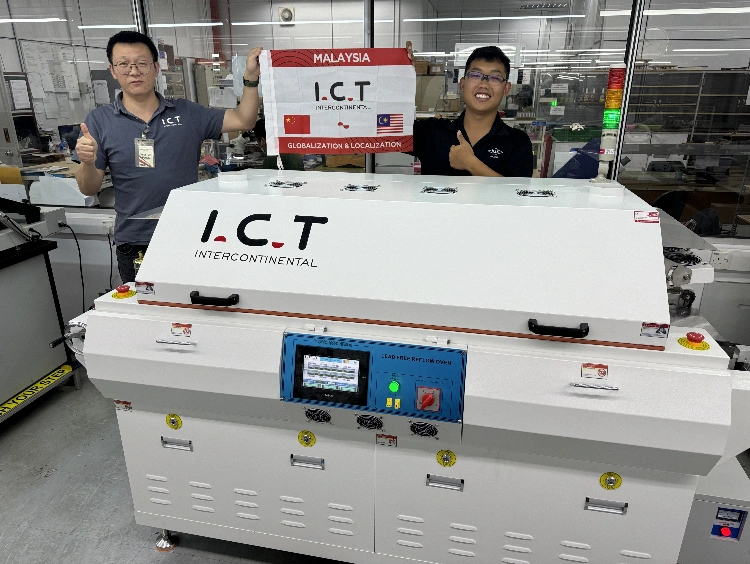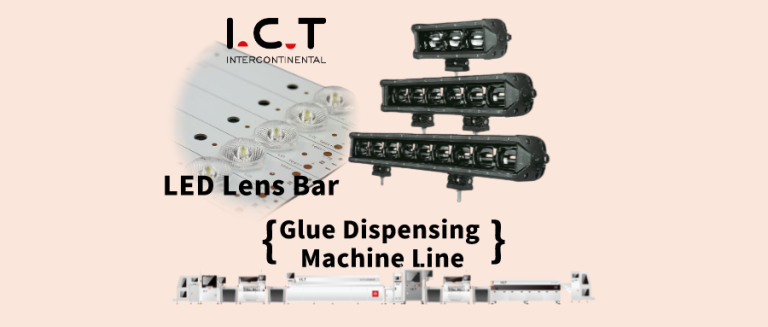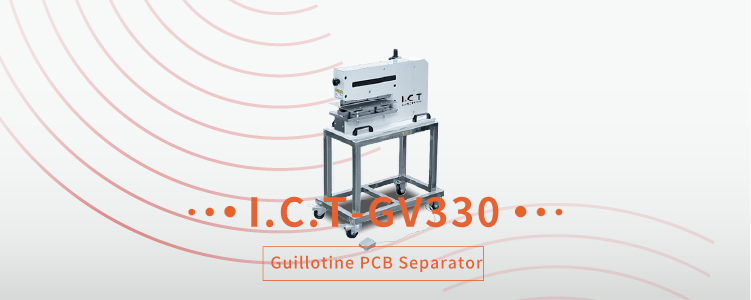Exploring the Types and Applications of PCB Board Router Milling Bits
In the realm of PCB manufacturing, precision and efficiency are paramount. The tools and equipment used in the process play a crucial role in achieving these goals. One such essential tool is the PCB board router milling bit. In this comprehensive guide, we will delve into the various types of PCB board router milling bits available, their dimensions, and the significance of the rotation direction (clockwise or counterclockwise) in the context of specific PCB cutting machines like the I.C.T-5700 and I.C.T-350.
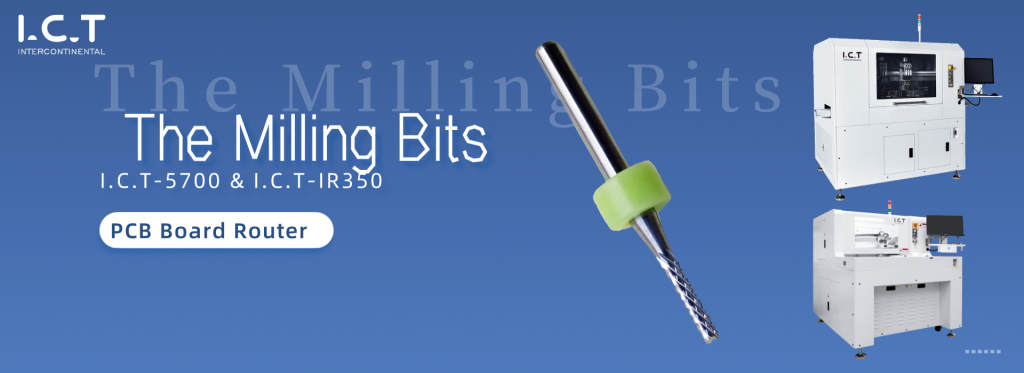
Types of PCB Board Router Milling Bits
PCB board router milling bits come in a variety of types, each designed for specific applications and offering unique features. These bits are categorized based on factors such as material, geometry, and cutting-edge design. Let’s explore some of the most common types:
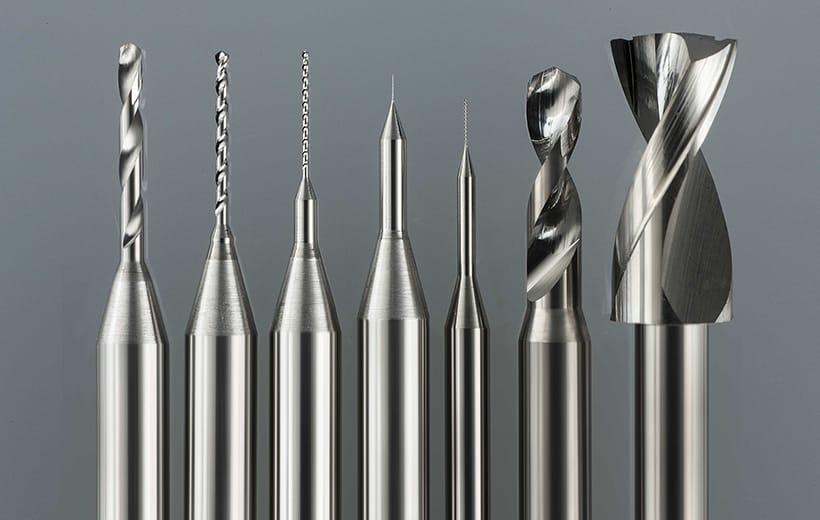
- Single-Flute Router Bits: Single-flute router bits have one cutting edge and are suitable for softer PCB materials. They are known for their high precision and are ideal for intricate PCB designs.
- Double-Flute Router Bits: These bits have two cutting edges, providing better chip evacuation. They are a versatile choice and can handle a wide range of PCB materials.
- Diamond Router Bits: Diamond router bits are specially designed for cutting hard and abrasive materials. They offer exceptional durability and extended tool life.
- Upcut and Downcut Router Bits: These bits are distinguished by their cutting direction. Upcut bits lift the chips upward, while downcut bits push them down. The choice between the two depends on the desired chip evacuation direction and material.
- Compression Router Bits: Compression bits combine both upcut and downcut flutes in a single tool. This design ensures clean cuts on both the top and bottom layers of the PCB, reducing delamination.
Dimensions and Parameters
PCB board router milling bits come in various sizes, and selecting the right dimensions is essential for achieving precise and efficient cuts. Key parameters to consider when choosing a router bit include:
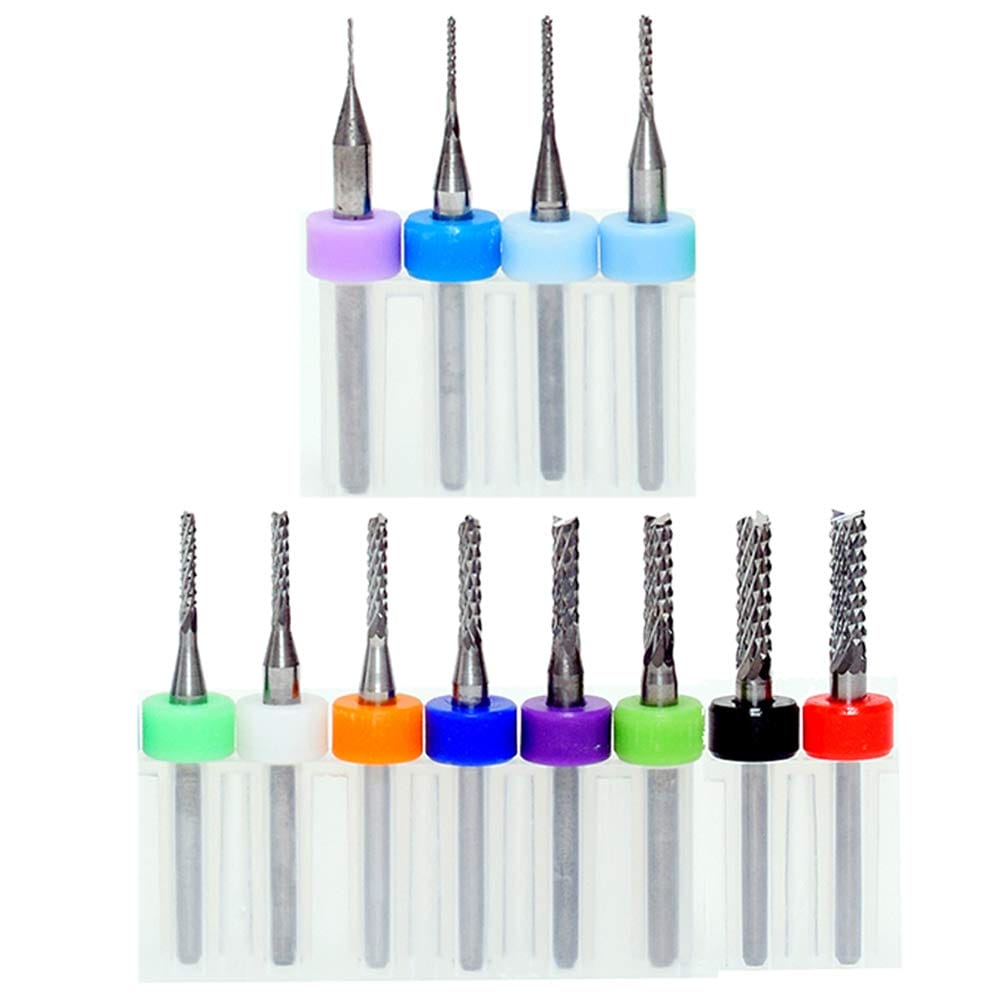
- Diameter: The diameter of the bit affects the width of the cut. Smaller diameters are ideal for fine details, while larger ones are suitable for more substantial cuts.
- Cutting Length: This parameter determines the depth to which the bit can cut into the PCB material. It’s crucial to match the cutting length with the thickness of the PCB.
- Shank Diameter: The shank diameter should be compatible with your router machine’s collet size.
- Flute Length: The length of the cutting edge on the bit impacts its ability to cut through thicker materials.
- Helix Angle: The helix angle affects chip evacuation and the finish of the cut. Higher helix angles are better for soft materials, while lower angles are suited for harder materials.
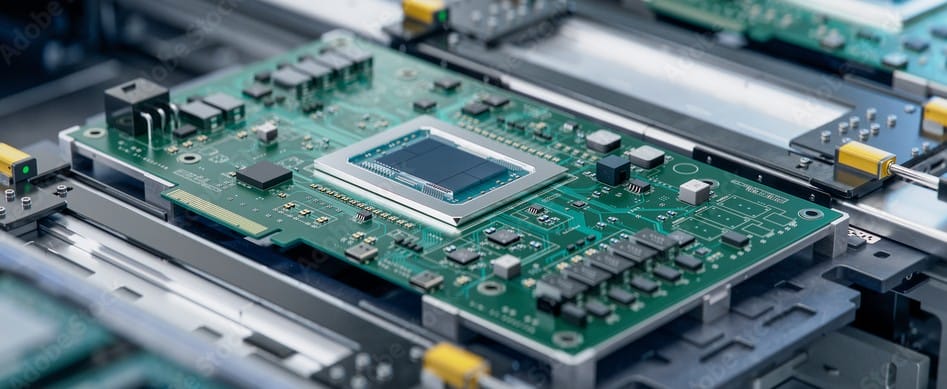
Clockwise and Counterclockwise Rotation
In the world of PCB manufacturing, the rotation direction of PCB board router milling bits holds significant importance. These bits can rotate either clockwise (right-hand) or counterclockwise (left-hand). The choice between the two depends on the specific PCB cutting machine in use. For instance, our I.C.T-5700 and I.C.T-350 PCB cutters are designed to rotate in a clockwise direction, which is known as a right-hand rotation. However, the placement of the dust collection system differs between these machines.
- I.C.T-5700: This PCB cutter features a bottom-mounted dust collection system. As a result, we recommend using left-hand rotation PCB board router milling bits with this machine. The left-hand rotation ensures that dust and debris are directed downward, where it can be effectively collected.
- I.C.T-IR350: In contrast, the I.C.T-350 has a top-mounted dust collection system. To optimize dust removal, it’s advisable to use right-hand rotation PCB board router milling bits with this machine. These bits direct the dust upward, allowing the collection system to efficiently capture it.
Choosing the right PCB board router milling bits is essential for achieving precision and efficiency in your PCB manufacturing process. Whether you’re working with the I.C.T-5700 or the I.C.T-350, understanding the rotation direction and selecting the appropriate bits can make a significant difference in your results. Contact us today to explore our range of high-quality PCB router bits and optimize your PCB manufacturing process.
